home | portfolio | publications
AI x Textile Sensing (2023)
 credit: University of Applied Sciences Upper Austria
credit: University of Applied Sciences Upper Austria
As part of the TextileUX research project, we investigated methods for mitigating flaws in sensor readings for knitted resistive sensors, by utilizing Machine Learning methods.
A common issue with textile sensors is they are subject to inconsistencies, which are innate due to their physical composition. This is true in particular for knitted resistive sensors. While they are actually straightforward to manufacture and operate, they suffer from such unfavorable effects, including hysteresis, offset, and long-term drift. Although we counter these effects by modifying knit structure and material composition in a related project, there is a limit to what can be achieved, since they are inherent to geometric conditions and hence virtually unavoidable.
However, we were able to still improve our sensor data be computational means: we utilize a low-scale – and therefore computationally inexpensive – Artificial Neural Network (ANN) that we train with ~25 minutes of recorded stress and conductivity ground-truth data. Our experiments suggested that temporally smoothed sensor data sufficiently model the mentioned inconsistencies and therefore represent adequate input features for our approach. Using a number of different smoothing factors, we apply exponential smoothing to our sensor signal, to gain several features that carry diverse temporal information. Ultimately, the trained ANN is then able to considerably mitigate mentioned defects with neglegible computational effort.
Refer to our IEEE Sensor Journal paper (Open Access) for a detailed description of our method, including evaluation and discussion of limitations. The high-quality swatches used for this work were knitted by our friends at KARL MAYER | STOLL Textilmaschinenfabrik GmbH.
Credits: University of Applied Sciences Upper Austria, KARL MAYER | STOLL Textilmaschinenfabrik GmbH
Gallery:
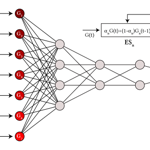
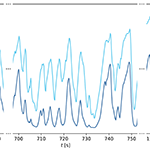
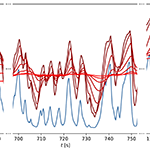
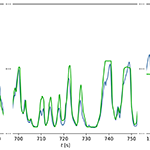
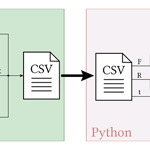
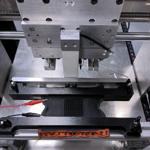
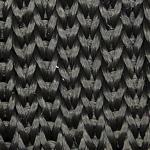
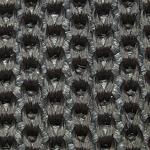
External:
Official IEEE Publication (Open Access)
© copyright 2025 | rolandaigner.com | all rights reserved
credit: University of Applied Sciences Upper Austria







